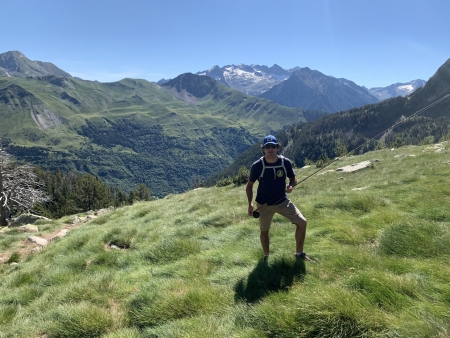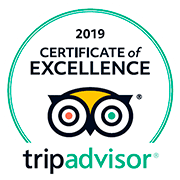Comet network introduction
The Comet network was created by the Belgian nurse Andree de Jong during the Second World War and it was created to evacuate allied soldiers from Nazi-occupied Europe to Spain and from there to England or the USA. This network grew to nearly 14,000 collaborators who saved a total of 2,373 British and about 2,700 US soldiers.
The Comet line descended from Belgium and the Netherlands to Paris. From Paris crossing the Pyrenees through the Basque Country until it reached San Sebastian or Bilbao. The last stage of the trip was Madrid-Gibraltar in the south of Spain.
Biriatou
Near the French Basque town of Biriatou, a few meters from the border with Spain there is a monument dedicated to 2 fallen soldiers trying to reach the border. The river Bidasoa is the historical border in this part of the Pyrenees and it is a very steep terrain with lush forests and perfect to hide from the Nazis.
During the night of 23-24 December 1943 on the edge of the Bidasoa cliffs a group of 7 people including 4 aviators and 3 members of the resistance were preparing to cross the river Bidasoa. The problem was that the river was very high due to the abundant rainfall. Count Antoine d’Ursel and Lieutenant James F Burch were swept away by the current and drowned. Lieutenant Burch was co-pilot of a Michigan Air Force B-17F that was shot down in Holland on October 10, 1943. From Belgium after crossing France thanks to the Comet network he arrived in the Basque Country. His intention was to reach England through Gibraltar.
The Germans recovered their bodies the next day and deposited them in front of the church in Biriatou as a warning to the villagers. The people of Biriatou covered the entrance to the church with flowers in recognition of the dead. The angry Nazis removed the bodies and made them disappear.
Count dÙrsel and Lieutenant Burch are the only ones who lost their lives escaping through the southern Comet Line. These two wakes are dedicated to their memory.








